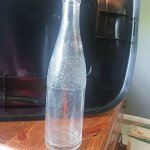WI. Prospector
Newbie
- Aug 30, 2015
- 4
- 1
- Primary Interest:
- All Treasure Hunting
While looking for a good place to prospect for gold (ultra-tiny flakes of flour gold) along the shoreline of Lake Michigan in South Eastern Wisconsin, I came across an area where sand dunes were eroding into the lake. A clay layer was exposed with sand on top, so I started poking around.
I came up with this strange egg shaped object that I could feel was heavier than the normal rock along with a flatter counterpart that perfectly seated the first. My first thought was a clump of weld or something like that. When the two pieces are separated you can see a divot in the center which interlocks the egg like piece perfectly. After staring at these pieces for a while I (very unwisely) decided to whack the egg shaped piece with a hammer to see what the inside looked like. The bottom part was already in two pieces.
Well, It (the egg shaped piece) was hollowed in the center with what appears to be pyrite, but that is my guess.
The surrounding material is silver looking and metallic, but is not effected by magnets. (none of these pieces are)
All photos were taken after I whacked the egg shaped piece with the hammer:
I re-assembled the two pieces for the first photo (as I found these pieces originally)
Thank you all for your time and patience.
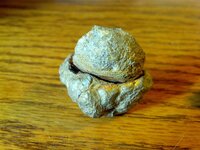
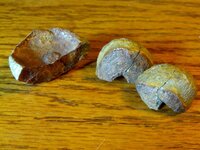
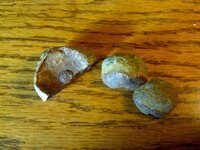
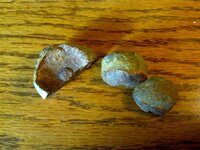
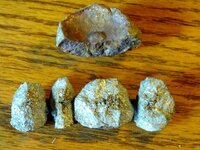
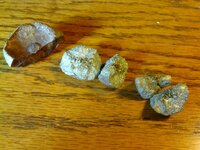
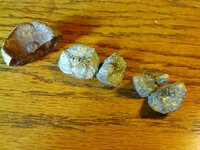
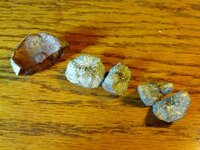
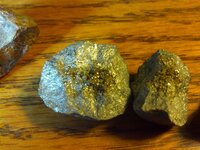
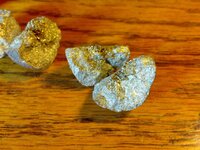
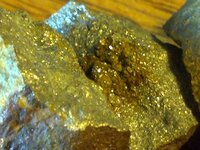
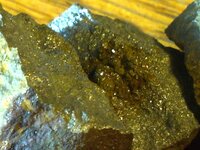
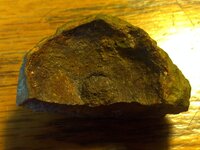
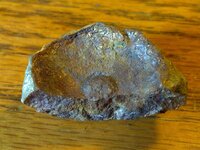
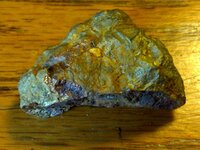
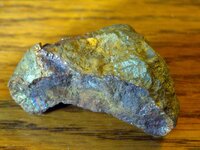
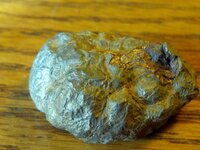
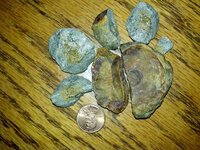
I came up with this strange egg shaped object that I could feel was heavier than the normal rock along with a flatter counterpart that perfectly seated the first. My first thought was a clump of weld or something like that. When the two pieces are separated you can see a divot in the center which interlocks the egg like piece perfectly. After staring at these pieces for a while I (very unwisely) decided to whack the egg shaped piece with a hammer to see what the inside looked like. The bottom part was already in two pieces.
Well, It (the egg shaped piece) was hollowed in the center with what appears to be pyrite, but that is my guess.
The surrounding material is silver looking and metallic, but is not effected by magnets. (none of these pieces are)
All photos were taken after I whacked the egg shaped piece with the hammer:
I re-assembled the two pieces for the first photo (as I found these pieces originally)
Thank you all for your time and patience.





















 Leave it to me to open a geode with a hammer
Leave it to me to open a geode with a hammer





